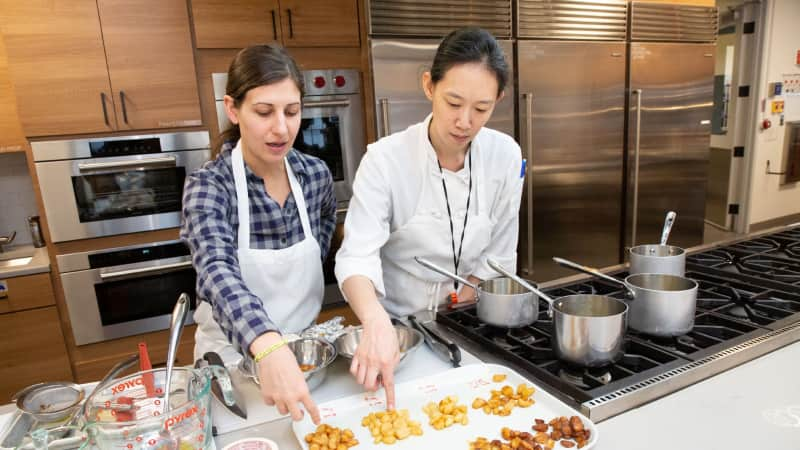My Goals & Discoveries
Evenly soft, golden cloves
Submerging the cloves in oil ensures that they heat evenly. Cooking them over low heat softens their flesh and lightly tans them.
Quick method
Garlic confit is faster to make than roasted garlic because oil transfers heat more efficiently than air.
Maximum garlic, minimal fuss
Our technique makes it easy to cook anywhere from 30 to 90 cloves at a time, and cooking peeled cloves means there’s no need to squeeze them out of sticky skins after cooking. Plus, no garlic is wasted from being lopped off or left behind in the bulb.







